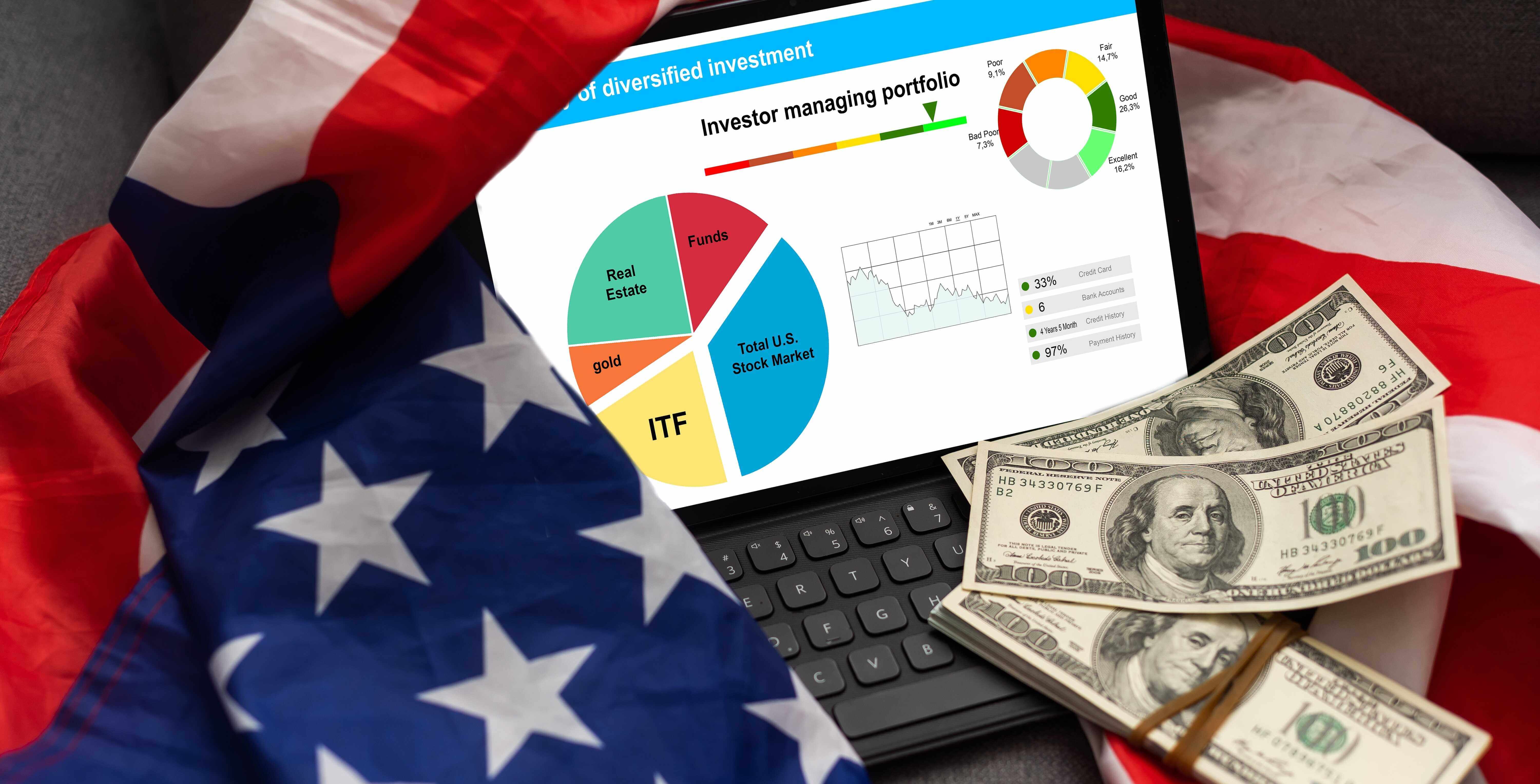Should You Buy W.p. Carey While It's Below $60?

Investors looking at W.P. Carey (NYSE: WPC) will probably be enticed by its lofty 6.3% dividend yield. That's well above the S&P 500 index's 1.2% and the 3.8% yield of the average real estate investment trust (REIT). Is this an income opportunity, or is there more risk here than meets the eye?
Why is W.P. Carey Below $60?
Shares of net lease REIT W.P. Carey have traded below $60 a share a few times and also above $80 a few times over the past decade. Right now the stock is in the below $60 camp. The relatively low price is why the yield is so high, but there's more to the story here.
Where to invest $1,000 right now? Our analyst team just revealed what they believe are the 10 best stocks to buy right now. See the 10 stocks »
Image source: Getty Images.
One of the biggest issues that long-term dividend investors have to consider is the dividend cut that was made at the start of 2024. More conservative investors might simply put W.P. Carey on the uninvestable list because of that cut. However, the quarter after the cut, the dividend was increased. And it has increased every quarter since that point. This is the same dividend increase approach that was taken before the cut.
The impetus for the cut was the decision to exit the office sector, which accounted for 16% of rents when the decision was unveiled. That was just too large a piece of the rental pie to leave the dividend at its previous level. The logic for this portfolio shift was sound, given the deep and still ongoing downturn in the office sector. From a big-picture perspective, W.P. Carey made the cut with the intent of improving the REIT's long-term outlook. So the dividend reset isn't as bad as it may at first seem.
The fact that interest rates have risen in recent years is also a headwind, but one that isn't specific to W.P. Carey. However, both of these facts come together for a third problem that isn't going to be easy to solve. With a high yield and higher interest rates, W.P. Carey's cost of capital is elevated right now. That's going to make it harder to grow, since REITs regularly need to issue debt and sell equity to fund acquisitions. This isn't a fact unique to W.P. Carey, but it is one that has to be considered. Yet there's even a positive caveat to this fact.
There are many positives to consider with W.P. Carey
The first positive has already been noted...the dividend was reset but got right back on the growth track. However, there's more to consider than just the dividend.
Notably, the office exit (which required selling assets) left W.P. Carey with cash to invest. It has been doing this, but it takes time to get deals over the finish line. The fourth quarter of 2024, however, saw a record dollar volume of deals. This sets 2025 up to be a growth year, since the rents from those new purchases will only start to show up on the net lease REIT's financial statements in 2025. There are likely to be more new investments to come, as well. And without the hindrance of the struggling office sector on earnings results, this growth should look much more appealing.
Then there's the underlying business. W.P. Carey's portfolio is spread across the industrial (35% of rents), warehouse (28%), and retail sectors (12%). It has exposure to both North America (64% of rents) and Europe (36%). It is, basically, one of the most diversified REITs you can buy. It also has a very long history in the net lease sector, actually helping to popularize the sale/leaseback model several decades ago. And the REIT has long focused on including inflation-based rental increases in its leases (53% of its leases are structured in this way), so it has material built-in protection against rising costs. It is hard to match this unique list of positives.
Should you buy W.P. Carey?
The truth is that W.P. Carey won't be right for all dividend investors. That dividend reset might be enough to keep it out of many investor portfolios, which would be an understandable decision. Management's announcement about the office sector and dividend was a major shock to investors.
But, if you can step back and look at the big picture, the decision has made W.P. Carey a better net lease REIT. Add in the other positives, notably including diversification and the swift return to dividend growth, and even conservative investors might want to buy W.P. Carey while it is below $60 a share. It is likely that the REIT's financial performance will start to improve more and more as 2025 unfolds, and that could help to increase the stock price (potentially removing yet another headwind from the picture).
Should you invest $1,000 in W.P. Carey right now?
Before you buy stock in W.P. Carey, consider this:
The Motley Fool Stock Advisor analyst team just identified what they believe are the 10 best stocks for investors to buy now… and W.P. Carey wasn’t one of them. The 10 stocks that made the cut could produce monster returns in the coming years.
Consider when Nvidia made this list on April 15, 2005... if you invested $1,000 at the time of our recommendation, you’d have $763,921!*
Stock Advisor provides investors with an easy-to-follow blueprint for success, including guidance on building a portfolio, regular updates from analysts, and two new stock picks each month. The Stock Advisor service has more than quadrupled the return of S&P 500 since 2002*.
*Stock Advisor returns as of January 27, 2025
Reuben Gregg Brewer has positions in W.P. Carey. The Motley Fool has no position in any of the stocks mentioned. The Motley Fool has a disclosure policy.



